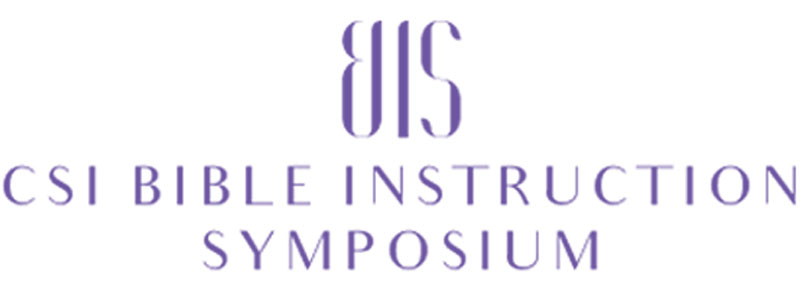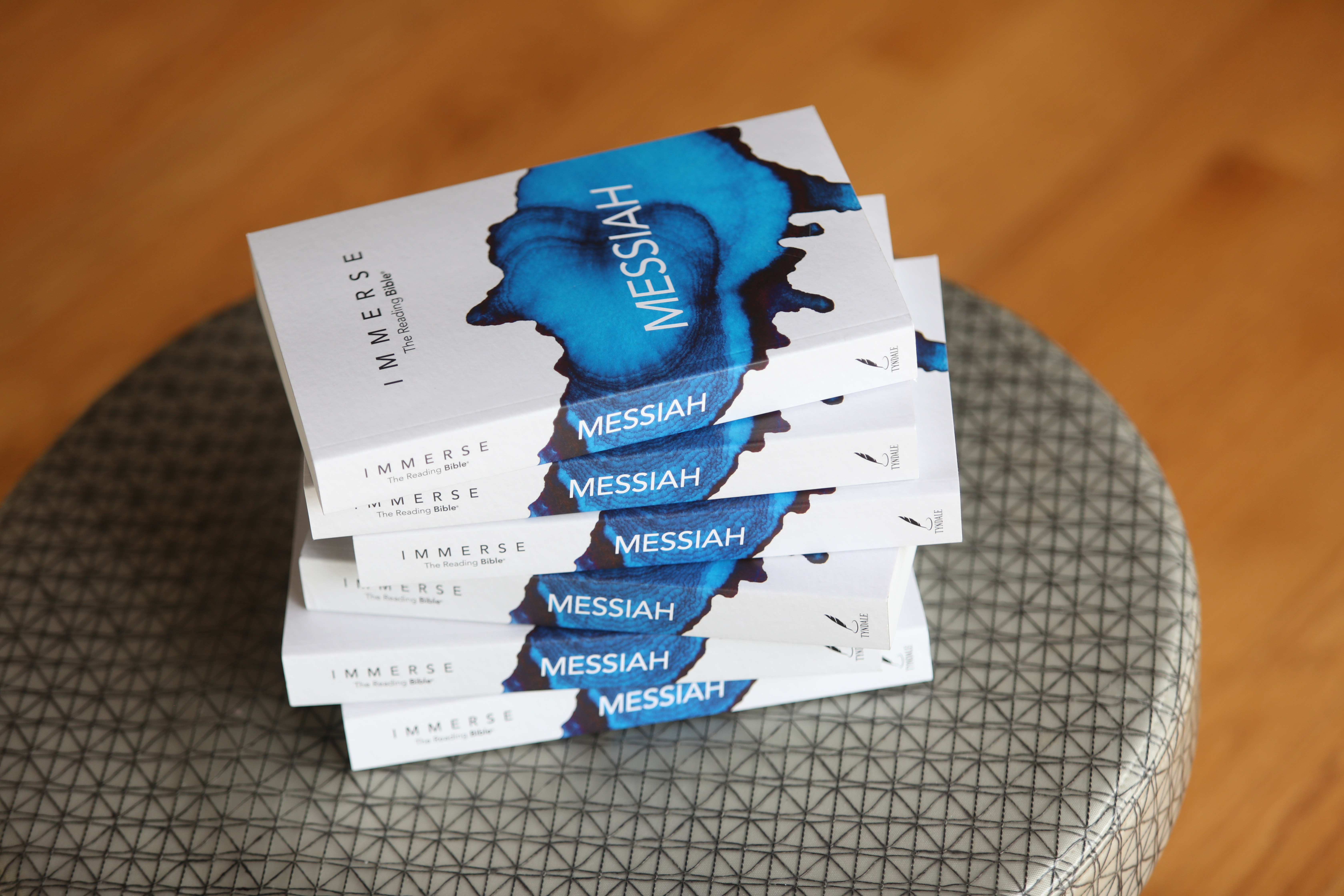by HEIDI DEAN, CURRICULUM AND INSTRUCTION BIBLE SPECIALIST, CHRISTIAN SCHOOLS INTERNATIONAL
 Where does Generation Z stand with Bible literacy, here in 2021? The struggles that evangelical churches and families have in discipling kids and teens to read the Bible is all too easily documented: Teachers point to the rise of screens, the decline of reading generally, and the busyness of family life as displacing the historic practice of daily Bible reading. But we are also seeing positive developments with Bible literacy here in 2021, too exciting to miss.
Where does Generation Z stand with Bible literacy, here in 2021? The struggles that evangelical churches and families have in discipling kids and teens to read the Bible is all too easily documented: Teachers point to the rise of screens, the decline of reading generally, and the busyness of family life as displacing the historic practice of daily Bible reading. But we are also seeing positive developments with Bible literacy here in 2021, too exciting to miss.
Tyndale House is supporting the work of Christian Schools International this February 11-12, as CSI opens its Bible Instruction Symposium to all educators and youth workers for the first time. And CSI has an exciting approach to recommend that could turn a corner on Bible literacy with young evangelicals.
CSI has gathered a group of model schools from around the nation who have been implementing a new approach for the past 2-3 years: A plan to read through the full canon during the school day so that by graduation, students have read, enjoyed, and discussed each book of the canon with their teachers and peers.
Bible class is being revamped in these model schools—yes, to address the struggle that parents and churches have in getting students to read through the Bible independently—but also with a vision to equip students with richer tools of reading and interpretation than ever before. How better could class time be utilized than to read and enjoy the adventurous, compelling, deep wisdom of the Bible?

This move away from lecture-based learning—where students hear about the Old and New Testaments in survey courses—is appealing to nearly all evangelical schools. But the trouble is imagining how this would go in the day-to-day classroom. Can students truly read their way through even the prophetic and poetic literature? Won’t they get lost or bored?
Come hear from the K-12 teachers deep into this approach who are eager to share how they and their students have been re-enchanted by the Bible through the literary tools of biblical theology. Hear how they are pairing together: Read-aloud of Scripture, hands-on skills of marking up the text, imaginative skills of getting into the story, and literary skills of connecting motifs across books.
 Reader Bibles like Tyndale’s Immerse (NLT Bible) lie at the center of the approach, since students spend their time marking up Bibles like they were novels: feeling the tragedy and the triumph, finding the metaphors and the beauty of the redemptive story. Since a literary approach lends itself to frequent connections to literature, movies, art, and “real life in a concrete world,” students have found the world of the Bible’s symbolism and imagery to trigger new wonder and fascination.
Reader Bibles like Tyndale’s Immerse (NLT Bible) lie at the center of the approach, since students spend their time marking up Bibles like they were novels: feeling the tragedy and the triumph, finding the metaphors and the beauty of the redemptive story. Since a literary approach lends itself to frequent connections to literature, movies, art, and “real life in a concrete world,” students have found the world of the Bible’s symbolism and imagery to trigger new wonder and fascination.
We hope you will come hear the testimonials of teachers, administrators, and students, all benefiting from reading through the canon during the school day.
Join us for the 2021 CSI Bible Instruction Symposium on February 11–12, available through virtual format. All are welcome to join in this community of learning. Your $100 registration will provide connection to others who are passionate about the biblical literacy of children and teens through live interaction in every breakout session. And registration will also provide ongoing access to the recorded footage afterward.
Come help us further a rich Bible education for the next generation. Learn more and register here: https://www.csionline.org/curriculum/bible-instruction-symposium



































Recent Comments